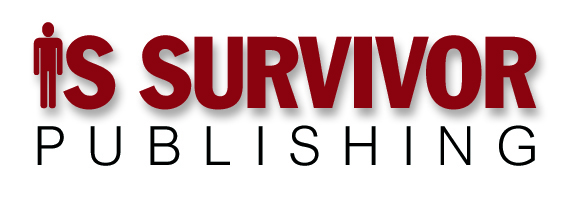One of my favorite advertising slogans is “Don’t Blame Desinex”. It’s incredibly useful – no matter what problem someone is whining about, from problems with Windows/95 networking to crop failure, I can respond “Don’t Blame Desinex” and be pretty sure the conversation will change direction.
In poring through the awesome array of expenses toted up in the Gartner Group’s Total Cost of Ownership (TCO) model I have the same reaction: Don’t Blame Desinex. For that matter, don’t hang these costs on the personal computer, either.
Last week we saw that TCO calculations answer the wrong question, and even the right answer to the wrong question will mislead you. TCO answers the wrong question because it addresses cost instead of value, and because the PC has multiple uses with very different value equations.
That means we should be focusing on the costs … and benefits … of the various ways companies use PCs. We identified three last week: increased personal productivity and effectiveness; improved communication; and streamlined core company processes.
It’s certainly worth knowing the cost of increasing personal productivity and effectiveness, so long as we view our goal as being more effective at achieving even more benefits. It’s just as valid to understand what we’re paying to improve communications, looking for opportunities to keep on improving it while reducing the cost of doing so. As for company core processes – that translates to getting better at developing and deploying new, primarily client/server applications. Always a good idea.
But toting up all these costs into a total cost of ownership? You’ll end up like the sales manager who reduced the cost of travel in his sales force. He succeeded — travel costs dropped 25%. Of course, sales dropped 50% at the same time, but he got his travel costs down.
There is a legitimate issue hiding in all the confusion about TCO, and that’s the Personal Computer Overhead Cost (we’ll call it PCOC). It costs real money to provision a desktop with a personal computer, and you may want to know the amount.
Rather than quibble with the Gartner numbers I’ll use them, inflated as they are. Bottom line: PCOC comes to just over $3,000 per year. That includes all PC and LAN capital and administrative costs, plus the cost of supporting network operating systems.
PCOC excludes all costs that index with benefits, like training and support. It also excludes “end-user operations” which GG defines as “non-job-related PC activities that are necessary due to the presence of PCs.” Why? End-user operations include both costs unique to PCs (time wasted rebooting when the PC freezes up) and costs indexed to benefits – for example the cost of managing files, which is much lower on the PC than in a filing cabinet. The benefits probably outweigh the costs by a large multiple, but let’s be conservative and just net it all to zero.
PCOC also ignores all support and applications costs. The cost of buying, installing and supporting applications should be allocated to personal productivity and effectiveness, improving communication, and streamlining company core processes – not PCOC. More on this subject next week.
Now, lest I seem unbalanced … let me rephrase that: Lest my perspective appears to lack balance … I need to say something nice about the Gartner Group. (I hate this part!)
Once you get past the TCO cost analysis, which has received all of the publicity, the Gartner Group makes some reasonable recommendations on how to reduce costs without affecting benefits. Recommendations like centralizing administration. Using remote-control software to reduce the number of trips to the desktop. Installing automated tools to manage your networks better. Designing more effective training and support programs. And so on.
These are good things to do. End-user support is too often an afterthought in IS, and you probably need to pay more attention to it. Institute a continuous improvement program. Re-think it completely. Especially, make it a career opportunity.
PCOC adds about 5% to employee overhead. While knocking a few points off that number won’t change the world, it will certainly improve both your budget and image.
